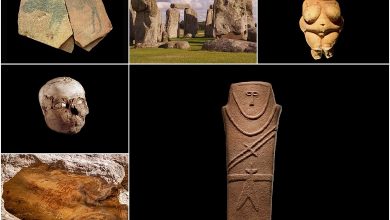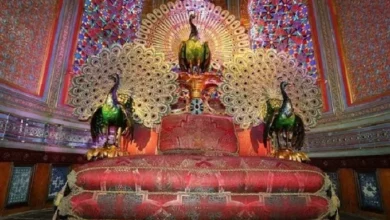why the iron pillar at Qutub Minar has not rusted, and why they believe Atlanteans made it
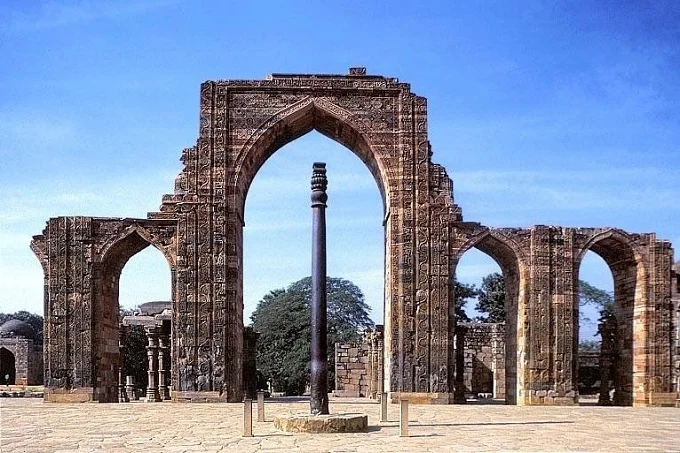
India is certainly called a wonderland, but there are things there that surprise even the local population. One of these wonders is the so-called Qutub Column, erected in Delhi in the square near the Qutb Minar Minaret. This structure has never been covered in rust for a thousand and a half years.
Erected in honor of the Emperor
Another name for the column is the Delhi Pillar. Historical sources testify that it was erected in 415 in memory of Emperor Chandragupta II, who died in 413. The inscription in Sanskrit reads, “King Chandra, beautiful as the full moon, attained supreme power in this world and erected a column in honor of the god Vishnu.”
At first, the column was not here at all but in the east of India, where it stood in front of the temple of Vishnu. However, in 1050 the then ruler Anang Pola ordered the column to be moved to Delhi. It is not quite clear how this task was accomplished, as the structure weighs about 6.5 tons and is 7 meters 21 centimeters high. This metal colossus can be compared to a three-story house.
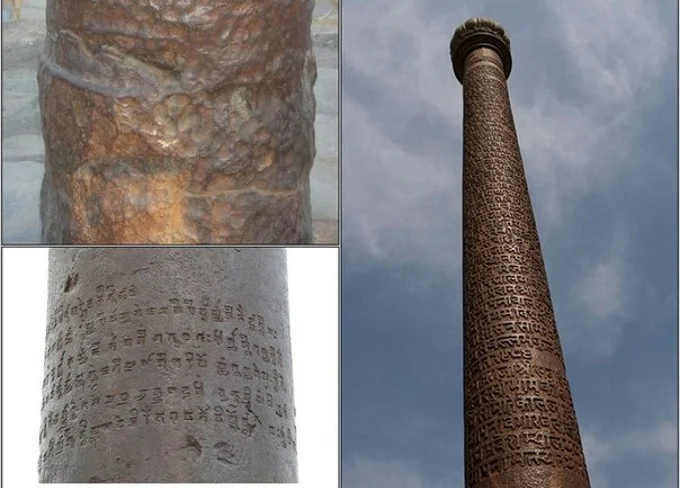
Ancient “stainless steel”
Kutubska column consists almost of pure iron: its content is 99.72%. It has small specks of corrosion, but over the centuries, it has never been covered with rust. This is in spite of the local climate, which is the rainy season in India, from June to September.
The most likely theory is that the pole was made of stainless steel. But once, the Indian scientist Chedari discovered that the Kutubu column lacked elements that increased resistance to corrosion. In addition, it remains questionable how in general, it was possible to obtain such pure iron because even today, it is possible only as a result of complex metallurgical processes?
In this regard, there are hypotheses that the Chandragupta Column was actually cast by Atlanteans or even space aliens. Or that it was, at the very least, made of meteorite iron. But even if we assume that the ancient Hindus got a “heavenly stone,” how did they manage to forge such a giant? After all, they did not possess the technology that we have! Moreover, if a meteorite of such dimensions would fall from the sky, it would lead to a catastrophe. Nevertheless, the sources do not say anything about such a dramatic event.
Some experts believe that the pole could not have been cast from a single piece of metal but from individual crystals (portions of iron weighing several tens of kilograms, obtained by heating or reducing the ore without melting it).
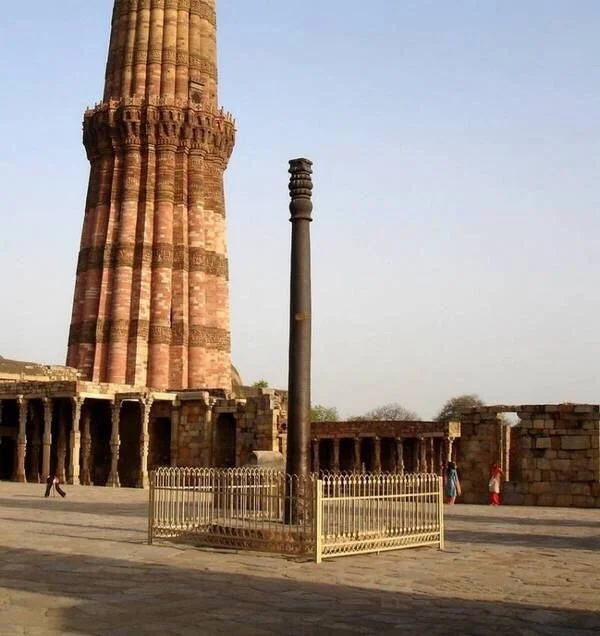
One of the supporters of this version even managed to discern traces of welding and mechanical influences on the surface of the product. Besides, the low concentration of sulfur and non-metallic components may indicate that the iron was not melted.
Iron Age Artisans
Meanwhile, Dr. Subbarauapp, Chairman of the National Committee on the History of India, believes that the Delhi Pillar could have been made before the 5th century: the inscription only tells when it was placed near the temple.
It is known that early in the 10th century, Hindus could make iron tools: presumably, they or their analogs were used to build the Egyptian pyramids.
It is possible, experts believe that the column was made, in modern terms, by powder metallurgy. It consists in the fact that the welded iron is first milled into a powder, then sifted, calcined, and finally “knocked down” with a hammer, turning it into a single monolith.
Atypical impurities?
Another hypothesis says that the metal of the Delhi pillar does not rust thanks to impurities, the percentage of which in its composition Delhi is quite negligible… The phosphorus content in the samples of metal is five times higher than its concentration in modern steel, but the manganese and sulfur content is much lower.
But here’s a curious fact: the samples taken quickly began to rust! If the metal had contained elements resistant to corrosion, this would not have happened. Consequently, the Kutubka column still remains a mystery, which the most meticulous researchers are unable to explain.

